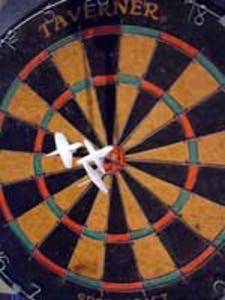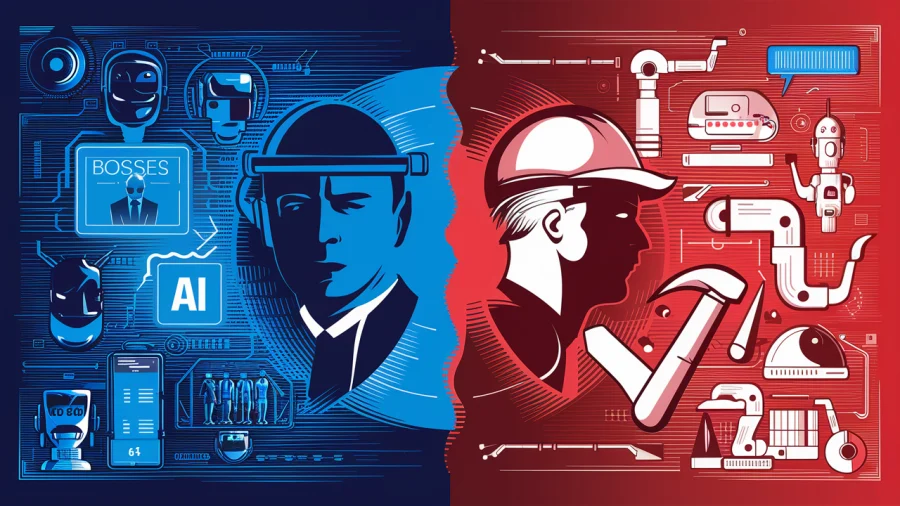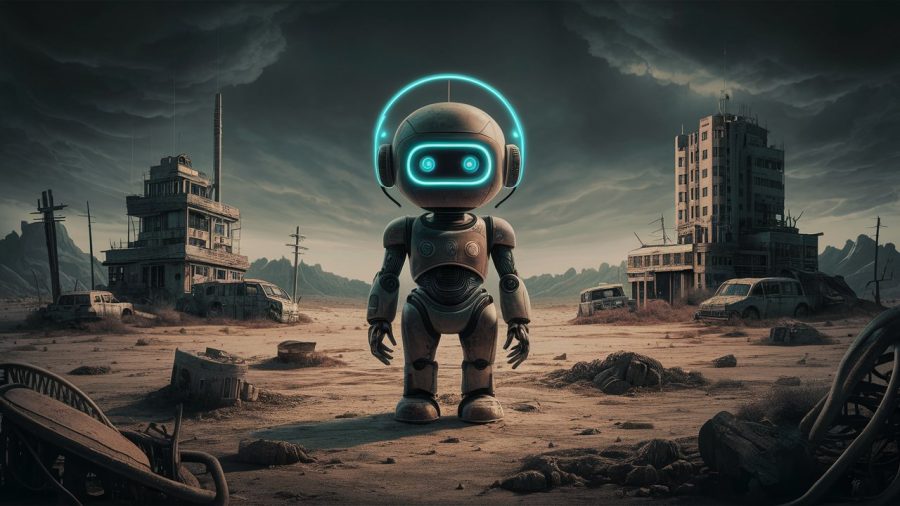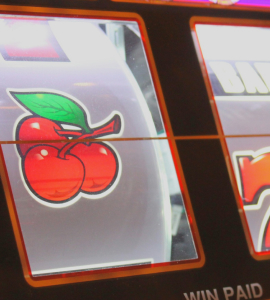Offering incentives, goals, and prizes to users through game mechanics is hardly new. Most of us have long been accumulating points towards rewards with various frequent flyer plans, for example.

But perhaps due to the success of companies like Foursquare and Gowalla, it certainly does seem as though every new site, service, and application now includes some sort of game feature in order to encourage adoption and use. In a recent blog post, Mojopages CEO Jon Carder calls game mechanics “the new black” and argues that game mechanics will become more and more ubiquitous as companies realize that customers are drawn to sites that make interaction “fun, rewarding, and even addictive.”
So, will incorporating game mechanics into the design of a new product, service, or application become a requirement for startups?
Although game researchers and designers have more intricate definitions, when most people refer to game mechanics, they mean some sort of rule-based system for scoring, setting goals, and allocating rewards. Rewards and goals can include points or collectibles or bragging rights, but the idea of implementation is often the same — games are a way to engage and excite users.
According to oneforty Operations Lead Sachin Agarwal, “When most people talk about game mechanics in web applications, they generally are talking about one of two things: karma (which rewards quality engagement, see eBay, Kongregate, or Reddit) and virality (which comes from incentivizing user-to-user referrals, see FarmVille or any other Zynga game).
Agarwal argues that good game mechanics can do four things for your service – four crucial things when trying to attract and retain new users:
1. Retention: Games provide a “hook” so that users want to return to a site to keep playing and to reach rewards.
2. Referral: Users want to be able to play the games with their friends and will invite others users to the site or service in order to do so.
3. Education: Game mechanics can incentivize new customers to complete their profiles and to learn how to use the service and rewards them for doing so.
4. Engagement: Game mechanics provide ways in which users can participate and interact with a site or service.
Agarwal argues that it is important to design your service and the game mechanics in parallel, so that badges and stickers and the like do not seem like an afterthought. However, it’s worth noting that the time you spend developing the game mechanics is time not spent on the product itself.
And despite the popularity of game mechanics right now, it remains to be seen if these games are sufficient motivation to keep people “playing,” or if, as Dave McClure suggests, the emphasis really needs to be on the reward, not on the “game” itself.

















